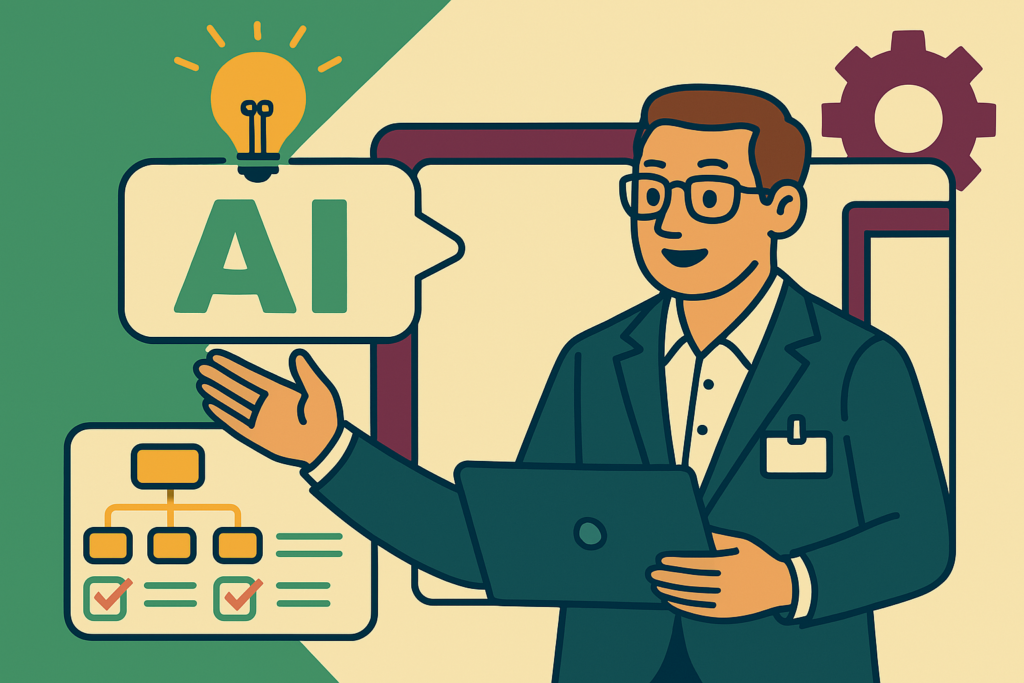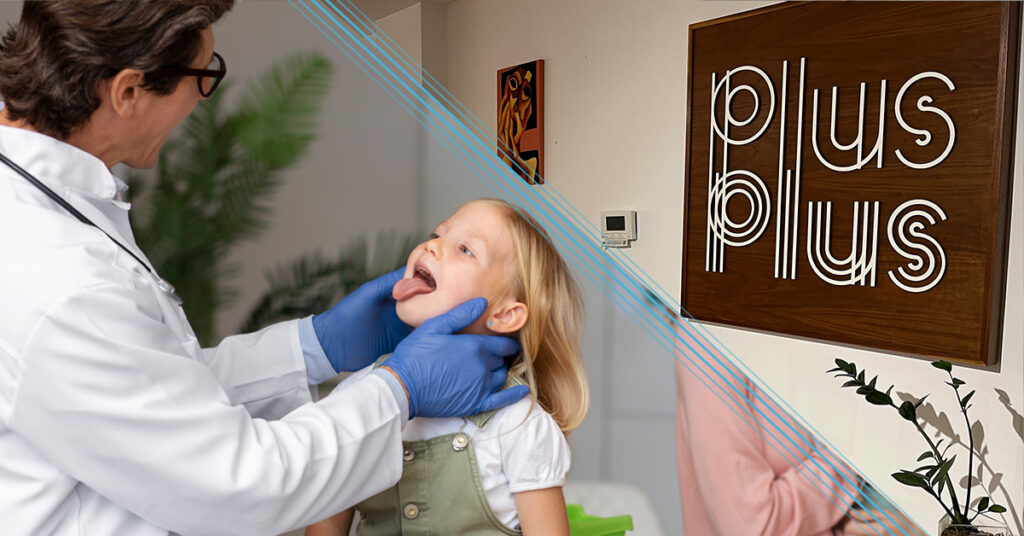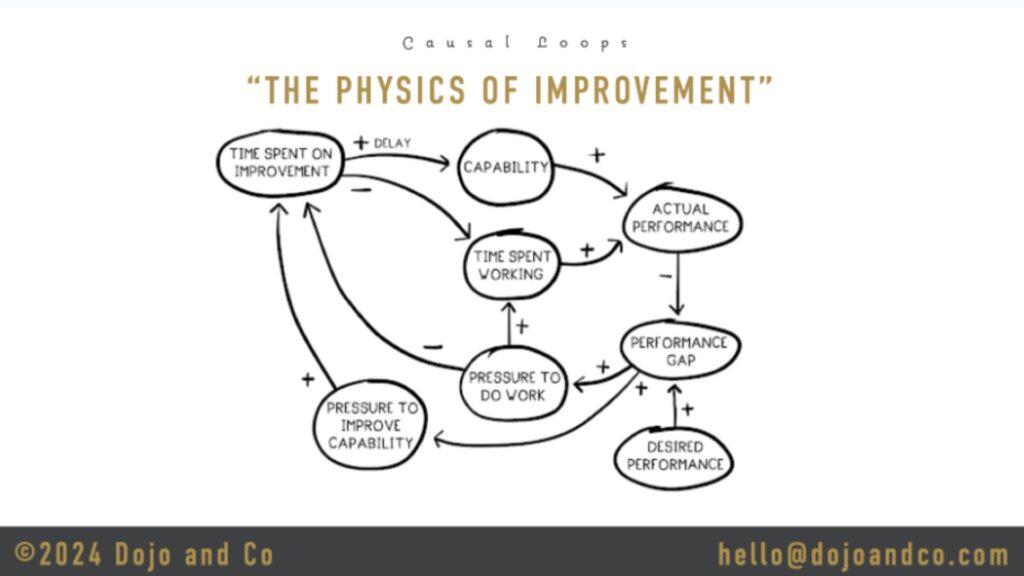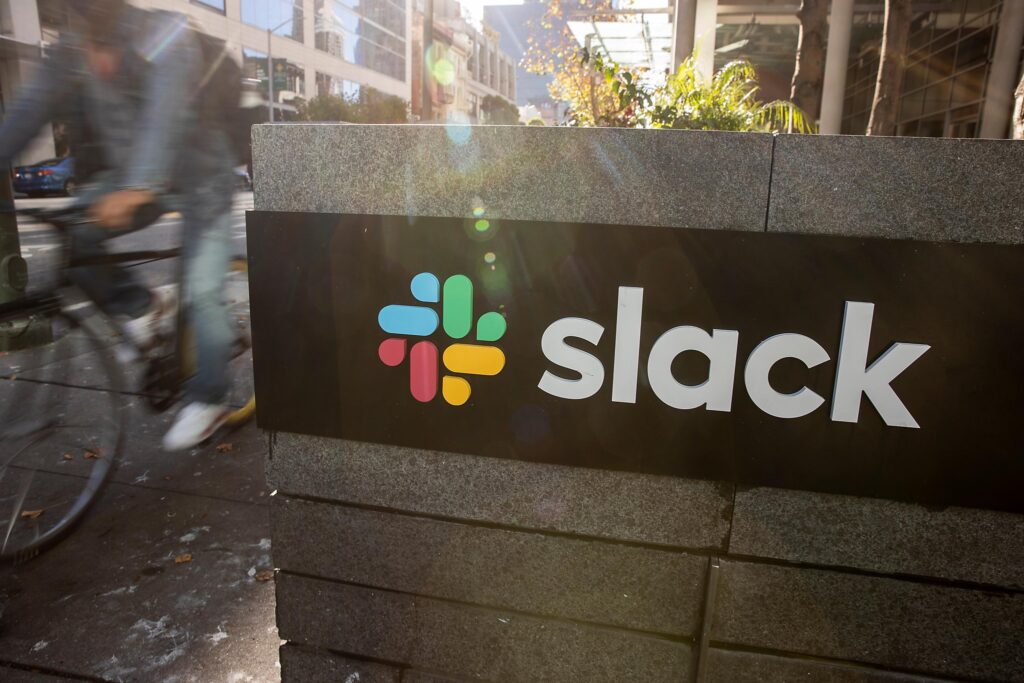TechKnowCon was lucky to host an incredible presentation from Paul Eldridge, a Senior Technical Program Manager at Salesforce. With his wealth of practical knowledge and experience, Paul led us on a deep dive into the future of technical training, offering plenty of real-world examples along the way. The recording of the full talk is below, but we wanted to highlight some key insights from his presentation.
Butts in seats matter less and less, same with CSAT or NPS
So much of the L&D industry is based on pushing people through standardized courses and then measuring the outcome based on a standardized test. Learners flip through slides and videos and then answer multiple-choice questions by way of proving they’ve supposedly absorbed the knowledge on offer. Why do we settle for such subpar methodologies? After all, this is hardly what the real world looks like and definitely isn’t “in the flow of work.” There are better, more accurate ways of measuring outcomes. CSAT doesn’t showcase value, nor a good NPS. What does?
Certs aren’t an outcome, “Proven Technical Competency” is
Theoretically, certifications make a certain sense. They promise a guided arc of learning, strong foundations, and dedicated time to develop skills. However, in practice, certs may not tell the whole story. Some operators see them as akin to a vanity score. In fact, Paul refuses to use them, warning that, “they don’t matter.”
Somebody can hate a course. That’s exactly what they needed or loved something that was not useful. I don’t ever do those. I steer everyone away from those.
– Paul Eldridge | Senior TPM, Salesforce
People who can prove they’ve synthesized technical guidance and information into building and operating production services are who stand out, and that’s what learning must pursue.
It’s about embodying knowledge and cognitive synthesis, not regurgitation
For many high-performing companies we look up to, the approach is to think and focus on true outcomes. Said differently, it’s helpful to nail down a clear goal and work backwards. Purpose before action always makes sense. Paul adds, “getting lost and then un-lost is how they learn.” As program creators, Paul reminds us to think deeply about what is the real-world outcome… what is it we want out of this? For this employee, what do they need to be able to do at the end of the day?
Start there — at the end — with a clarity of what the outcome of the learning really is.
– Paul Eldridge | Senior TPM, Salesforce
Paul shares a vivid example, “instead of giving someone a guide on how to build a Lego pirate ship, show them the picture of the completed ship and give them a bunch of Lego blocks.” The outcome is they build something close to that. Because, that’s what the real world looks like. So, how do you get them there?
The future is blended
As an alternative, a solid first step would be to think holistically on what the best experiences would in fact be, and offer choices to the client on how they’d like to learn. That could mean an eLearning course they take at their own pace. At other times, a video or an article may provide the equivalent knowledge. For more complex skills where in-house context is very important, they may need to have an immersive, hands-on experience with a live subject matter expert. They may even need subsequent coaching, or office hours if they get stuck.
Set deliberate skills readiness goals, governance linked to the real world
Skills Readiness is not something you want to bolt-on at the end of a learning experience. Rather, it’s something you should weave into your culture, something that should be felt and personified from day 1. Think of Skills Readiness as a sort of tech debt, but for people and processes; plan for it like you would any other work by tracking it and making a steady effort to pay it down. As for feedback, involve your learners. Paul stresses that we should strive to, “make it fun, micro, and contextual. Think Soundcloud or Twitch and how they crowdsource the feedback right in the flow of the product.” It doesn’t have to feel like a heavy lift. Ultimately, your tech Enablement initiative is also a product that can be tracked and optimized. Embed tracking for your learning programs as user stories right in the sprints, which demos to the team of “what I learned from this”. Make it visible, make it a priority.
Tech Enablement now is product velocity later
Our biggest takeaway from Eldridge is that learning technology is best when it offers flexibility and concentrates on results as opposed to empty metrics. Think of a box of legos that promises the buyer that the parts can be made into a pirate ship. Which would you prefer in your company, people who are forced to follow the step by step instructions in order to get at a finished product, or people who can empty out the parts and, with nothing but the image on the back of the box, intuit how to make a ship? A good company should give people the chance to build and demo their own “pirate ships”, while also having a swim lane in their agile sprint to make sure there is a time and place to properly synthesize this knowledge. Companies that do this well and treat Tech Enablement as a strategy will experience higher product velocity, characterized by teams that will be able to ship features faster and at higher quality.







